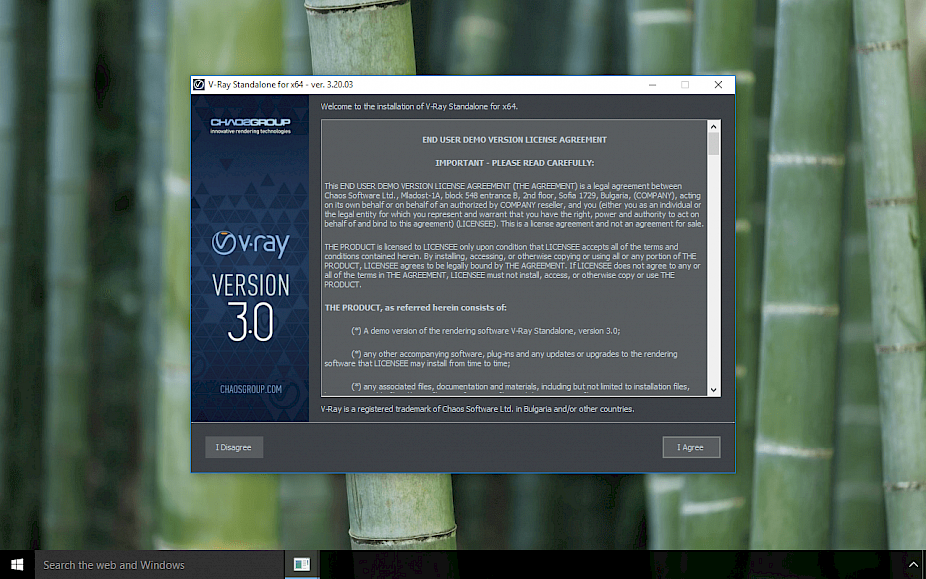

Next, how to improve V-Ray render quality. It’s best to stay within two times more or less than its original value. The same goes for the value of every parameter. But how do you find the ideal settings? For the best results change one parameter at a time then run a test render to check the direction. When you increase the Render Time (min) you get progressively better image quality because you’re letting V-Ray take longer to sample the image, and vice-versa.

Just bear in mind the Render Time (min) parameter is exclusive to the Progressive Image Sampler. Do the opposite to render faster, decreasing your Max.sudivs value and/or increasing the Noise Threshold.

The software creates the perfect balance using Max.sudivs and Noise Threshold parameters, basically the intelligence controlling the quality versus time ratio.įor a better quality image you can increase the Max.sudivs value and/or decrease the Noise Threshold. That’s why V-Ray has two image samplers, Progressive and Bucket. The render quality and time are driven by the number of calculations per pixel and whether the calculations are time-limited. It’s interesting to know what happens behind the scenes. This testing gave them a solid basis for the software’s optimised setup as well as a reliable starting point for a wide variety of designs and projects. To pin down the best compromise between image quality and render time, software engineers spent a lot of time measuring V-Ray’s performance on literally thousands of different scenes. V-ray’s render production focuses on either image quality or render time. As we’ve mentioned, every design project’s render quality and timescales are different.


 0 kommentar(er)
0 kommentar(er)
